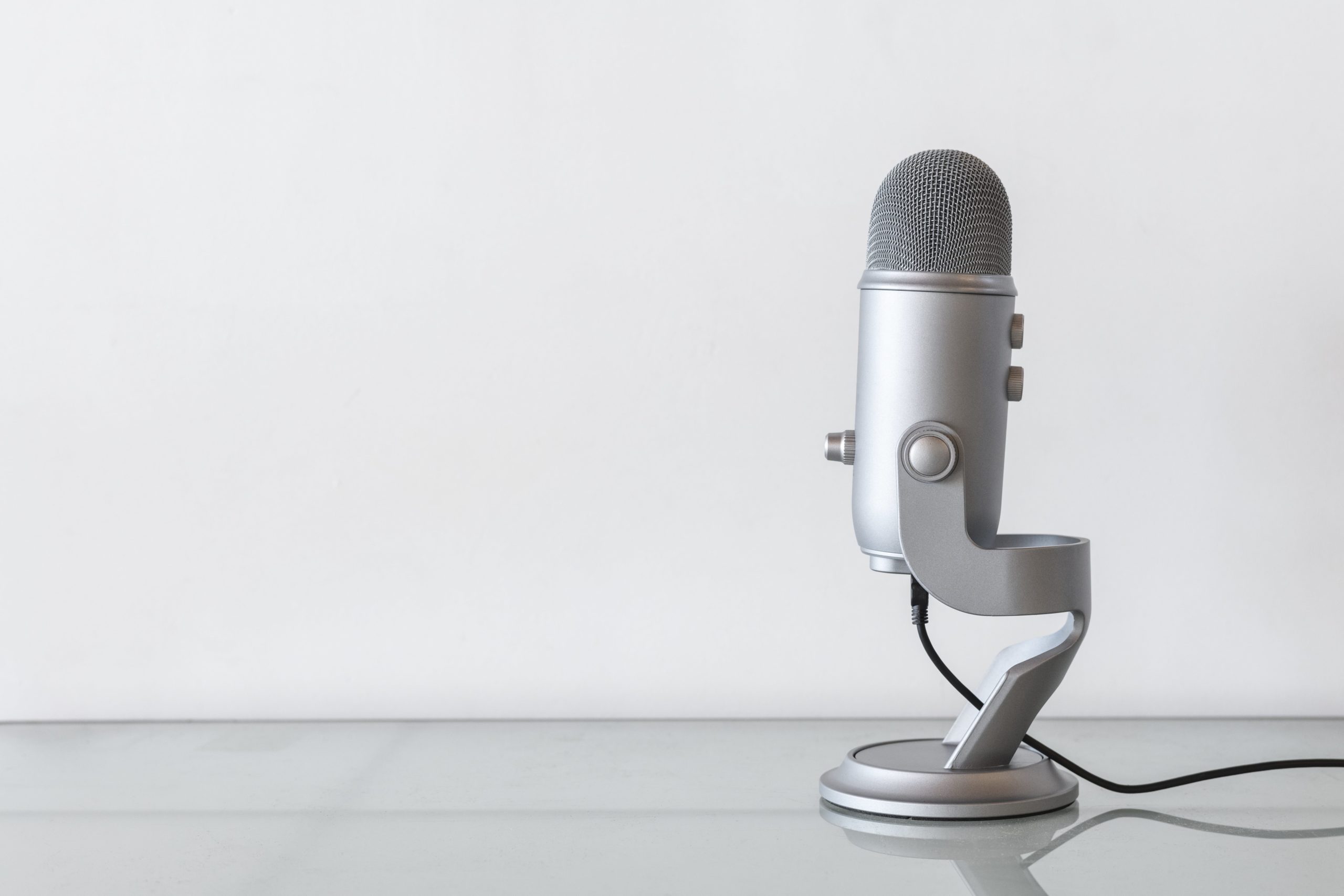Digital out of home (DOOH) advertising came into fashion for marketers back in 2017-2018. Coegi was an early adopter of the channel, understanding its potential in driving mass scale with greater flexibility than traditional billboard activations.
In its infancy, the targeting capabilities were limited to demographic visitation propensities and locations such as gas stations and taxis. This meant that it was primarily relevant for brands targeting metropolitan areas. Now, as more locations have adopted digital screens, digital out of home has become a valuable tactic for a wide variety of brands.
The pandemic’s stay at home orders brought DOOH ad spending to an abrupt halt. But, now that consumers are gaining confidence in traveling again, digital out of home needs to make its way back into marketing plans.
How can marketers create sophisticated digital out of home strategies? Hear perspectives from Coegi’s Director of Operations, Julia Wold, and our tech partner Vistar’s Director of Client Service, Jared Reiner.
#1 Choose Your Locations Wisely
Julia: How should brands select which DOOH advertising locations they target?
Many marketers are seeking out ways to add new tactics into their media plans as they prepare for the deprecation of the third-party cookie. DOOH has become one of the key tactics brands have turned to, capitalizing on a population that is more hungry than ever for outside experiences. Marketers should leverage venue locations in the same way you would leverage publisher specific partnerships, in a contextual manner that best resonates with key audiences.
With Vistar’s vendor transparency, you are able to not only see the venue type and location, but also the media partner for an additional layer of brand safety. And, unlike traditional out of home, you aren’t limited to an always-on strategy. Instead, you can daypart, reaching consumers at the time that is most relevant for your messaging.
For instance, consider reaching business professionals with placements at transit stations, office lobbies, skyways and Ubers at peak commute times. If you are messaging to families, consider waiting room screens, movie theaters, malls and recreational centers. We executed a college game night promotion for our NBA client with a presence in gyms, bars and transit hubs at the colleges and universities near the stadium.
Jared: How has Vistar expanded upon their location targeting since 2020?
There are a variety of ways to take advantage of location targeting in digital out-of-home. The Vistar platform has best-in-market POI data from Foursquare built in for seamless activation of proximity-based targeting. We have also on-boarded over 4,700 location-based audiences that are now available, including full taxonomies from Factual and Epsilon.
#2 Implement Post-Exposure Mobile Retargeting
Jared: What success have you seen from brands incorporating mobile retargeting on OOH buys?
OOH is one of the most trustworthy formats of media. It has been around for over 100 years! But what some people aren’t aware of is how well OOH interacts with other media channels. With mobile, we have the unique ability to capture audiences that were exposed to an OOH campaign and then continue the conversation on a channel where they can interact with trackable engagements.
Brand marketers have seen great success in using high-impact OOH to convey messaging that resonates emotionally with consumers, followed by retargeting on mobile with a specific call-to-action. For example, advocacy campaigns seeking donations, universities encouraging students to request a brochure or schedule a tour, or brands promoting a discounted offer.
Julia: What’s the benefit of incorporating mobile retargeting on OOH buys?
Mobile retargeting is an amazing way to re-engage with consumers who saw your original messaging. It’s also an efficient way to extend your media buy across new inventory opportunities on the device that 90% of the population spends an average of 4.5 hours per day on.
For one of our tourism clients, we promoted digital out of home messages about an upcoming summer golf tournament in areas with an abundance of golf courses. Not only were we able to re-message users after they left the event, but we were also able to retarget that same audience the following Fall to remind them of late season golfing opportunities. This audience was the most highly engaged across the campaign and drove the highest conversion rate of golf trip guide downloads.
#3 Incorporate Advanced Measurement Studies
Julia: Why are advanced measurement studies important for DOOH buys?
Out of home, as with other forms of more traditional media, for a long time lacked a solid measurement foundation. Even if you could roughly estimate reach and frequency, it was harder to justify ROI to key stakeholders. Digital out of home takes the guesswork out of proving effectiveness with in-platform advanced measurement solutions like foot traffic, brand lift and sales lift. For a large tech client, Coegi leveraged a brand lift survey in tandem with DOOH delivery. We measured a 4% increase in brand consideration and a 7% increase in purchase intent. Without this study, these significant gains would have gone unnoticed.
Jared: What advanced measurement studies are available through Vistar?
Vistar’s advanced technology allows us to capture OOH exposure which enables a wide array of attribution studies. For CPG and automotive clients, we partner with IRI and IHS, respectively, to provide sales lift. For clients with brick and mortar locations, we deploy foot traffic studies to understand an attributable number of store visits.
An exciting new offering focused on online performance is our partnership with MIRA, which allows us to connect real-world exposure to OOH with online conversions. Finally, many advertisers choose to run brand studies. These are excellent not only for measuring the impact of your messaging and media strategy on consumer awareness and intent, but also asking research questions to learn more about your audience, your competitor’s status, creative impact and more!
#4 Test Dynamic Creative Messaging
Julia: What success has Coegi seen from dynamic creative messaging?
While dynamic creative just launched at scale in the Vistar platform in April 2022, Coegi has been using dynamic creative on other programmatic platforms for some time. The flexibility can’t be beat. You are able to reach the right audience at the right time, with a message curated up to the minute. This capability on out of home media will allow us to scale data driven messaging to every available screen, anywhere in the world.
Jared: How does Vistar envision dynamic creatives impacting the effectiveness of DOOH advertising?
We just released our universal dynamic creative solution for DOOH and believe this will be a game changer for the industry. By unlocking the power of dynamic, we can deliver messaging that changes within a person’s environment in real time to be more relevant. This will create better conversations between brands and consumers leading to significant investment in the space.
Finally, what are some best practices that marketers should consider when activating a digital out of home campaign?
Jared:
Programmatic DOOH advertising unlocks the ability to take the targeting and messaging techniques we have developed in the digital space and apply them to the oldest format of media. It’s critical to consider both the media strategy (what time should your ads show? In what contexts? With which audience segment?), as well as your creative strategy (does this creative match the physical world context where it will be shown? Is my brand name visible if someone is just quickly passing by during a video?) Taking the time to curate the right audience, then having simple, relevant messaging goes a long way in the OOH space.
Julia:
Forecast, forecast, forecast. Venue availability and inventory is constantly changing, and with demand fluctuations, so can anticipated CPMs. In order to make sure your DOOH advertising plan is solid, take these steps.
- Create a plan prior to launch. This is especially important in smaller geographic footprints and less densely populated areas.
- Develop assets in all sizes dictated by the DSP’s media plan to ensure proper scale at the most efficient cost. The plans will always tell you the available impression percentage by spec size.
- Lastly, understand the format and scale that your message will be delivered in. Clear font and simplicity of the message is key when you consider you only have 3-6 seconds to make an impact.
Interested in exploring digital out of home from your brand? View our comprehensive digital out of home primer here to learn more!






